Have you ever had the crushing, gut-wrenching feeling that you were waist-deep wading, into a mistake? Have you ever had that stinging sensation when you realize the project you’re working on is hopeless? How do you know when it’s too late too turn back? How much time, energy, and (gulp) money can you spend on a decision that’s doomed? And how do your paper over your mistakes in the meantime?
Today, our Lost Legends series sets its sights on one of the most massive roller coasters ever imagined; a record-breaking, unimaginable engineering marvel meant to serve as the “sequel” to a beloved, generations-old favorite. Together, we’ll unravel the almost-unbelievable story of one of the most wild rides the world has ever seen: SON OF BEAST, the tallest, fastest, and only looping wooden roller coaster on Earth.
Towering over the skyline, Son of Beast shattered records and nerves. And just a decade after its debut, the wooden skeleton of this gargantuan icon stood, abandoned, over one of the most visited parks in North America, never to run again. Son of Beast burned bright and fast, and today, we’ll ride through the legacy of this unbelievable engineering marvel and the ultra-extreme ride experience it offered.
So, did the sequel stand up to the original? We’ll leave that to you to decide…
And before we head off, remember that you can unlock rare concept art and audio streams in this story, access over 100 Extra Features, and recieve an annual Membership card and postcard art set in the mail by supporting this clickbait-free, in-depth, ad-free theme park storytelling site for as little as $2 / month! Become a Park Lore Member to join the story! Until then, let’s start at the beginning…
Kings Island
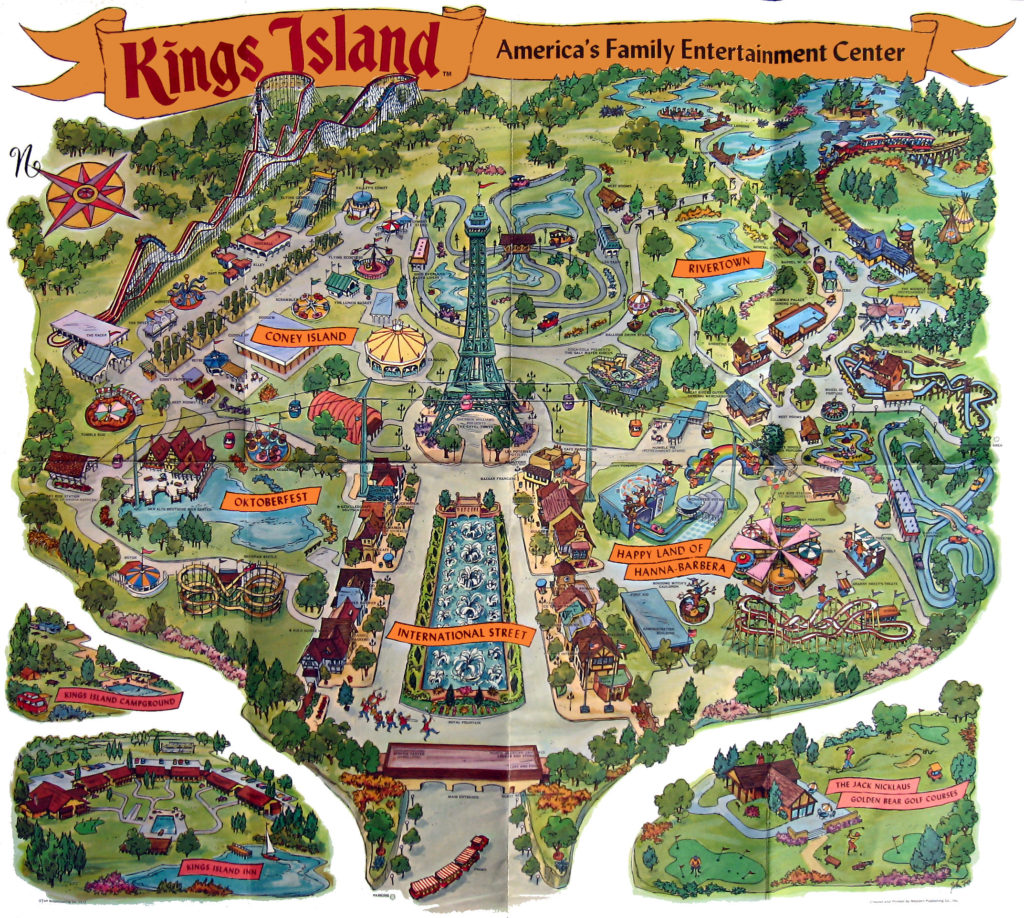
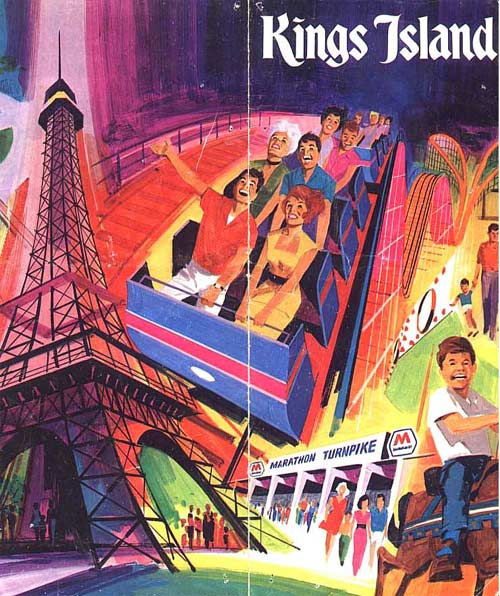
When Kings Island opened in 1972 in Kings Mills, Ohio (just ouside of Cincinnati), it represented the start of a new age for amusement parks in the United States. No, really! First of all, Kings Island was the first park built, owned, and operated by the Cincinnati-based Kings Entertainment Company (KECO), a division of Taft Broadcasting – owners of Hanna-Barbera (think The Flintstones, The Jetsons, Yogi Bear, The Smurfs, and Scooby Doo).
Aside from being the product of an entertainment company, Kings Island was one of the earliest “modern” parks to develop from the formula Walt Disney had pioneered at Disneyland (and which had been refined Magic Kingdom, opened a year earlier). Kings Island contained all the staples you’d expect: a main entry of picturesque storefronts (here, International Street, packed with dining and retail with the dancing Royal Fountains down the center), a park icon (a 1/3 scale replica of the Eiffel Tower), and a “hub-and-spokes” layout, with paths radiating outward into themed lands: Oktoberfest, Coney Mall, Rivertown, and the Happy Land of Hanna-Barbera.
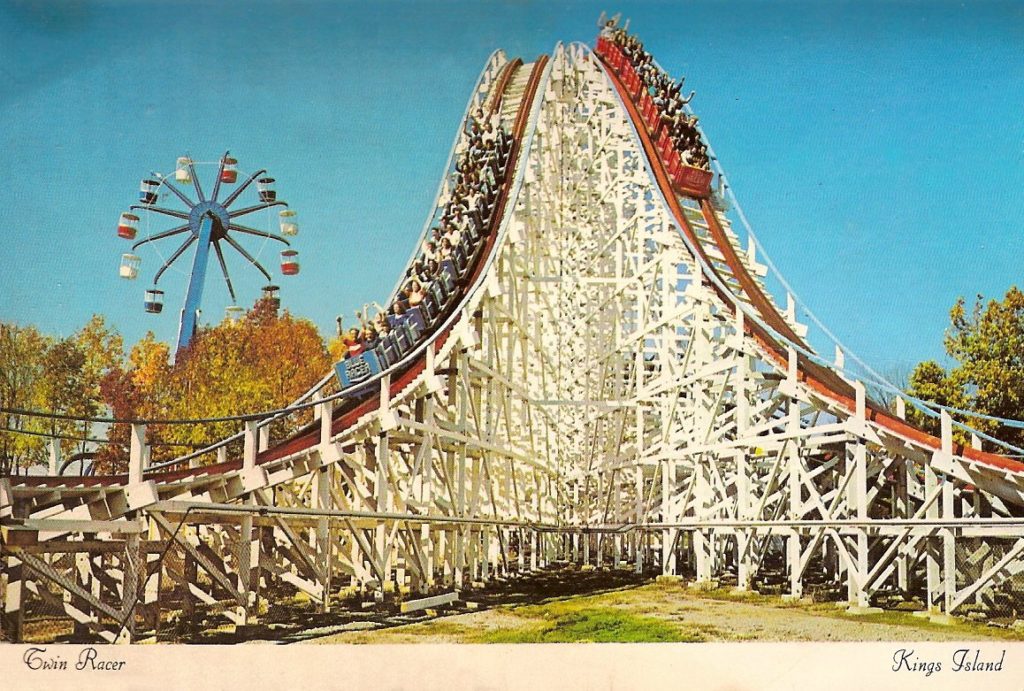
But it also contained The Racer. This ultra-classic, twin-tracked, out-and-back roller coaster running parallel to the park’s historic Coney Mall midway remains to this day a Coaster Landmark (as awarded by the American Coaster Enthusiasts) for its role in igniting the Second Golden Age of the roller coaster. Indeed, the coaster industry had been in a lull since World War II, but was practically on life support by the ’60s. The Racer – designed by legendary coaster designer John Allen – was the tallest (88 feet) and fastest (53 miles per hour) coaster in the world, jump-starting a new race for thrills.
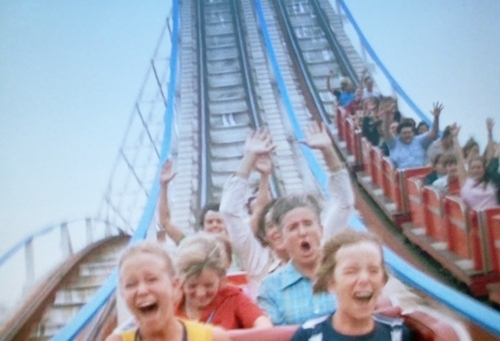
(For non-coaster enthusiasts, the Racer may be more well known for its starring role in a 1973 episode of The Brady Bunch entitled “Cincinnati Kids,” which was filmed on location at Kings Island and featured the family’s ride on The Racer as its most thrilling scene.)
In any case, Kings Island was a reinvention in more ways than one. An early adopter of Disney’s new design precedents and a host to a landmark coaster that took the world by storm, the park was poised now for its most iconic ride ever….
The Beast looms
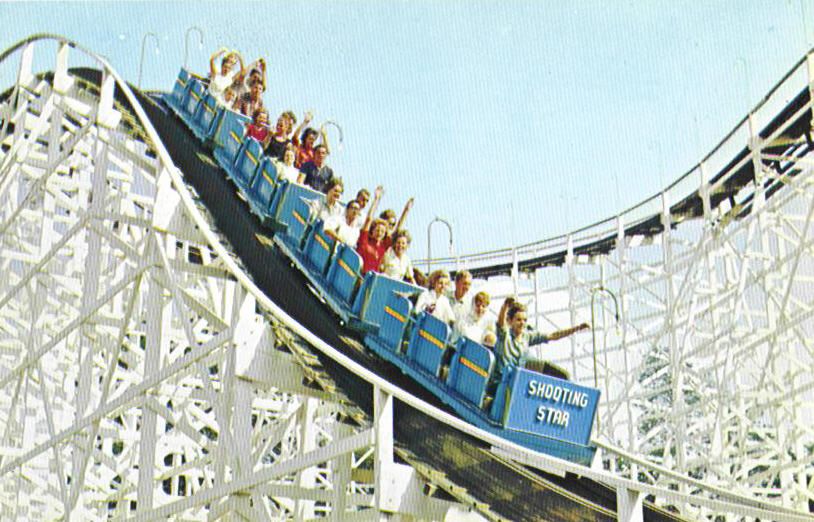
By the mid-70s, planners at Kings Island were gearing up for the park’s next headlining attraction – what they initially presumed would be a copy of the Shooting Star roller coaster that had closed alongside Cincinnati’s Coney Island in the ’60s after a devestating flood. (After all, Kings Island was an intentional replacement of Coney Island, incarnate in the classic Coney Mall zone within the new park.)
But when designers took a good hard look at the rolling, forested hills they’d acquired in Kings Island’s 1,600 acres, the concept of cloning the Shooting Star was shelved. With practically limitless land and gorgeous, hilly, forested terrain, a new idea emerged: to internally design and build a roller coaster through the dense forests east of the park following the natural hills and valleys. The result was more than anyone could’ve imagined.
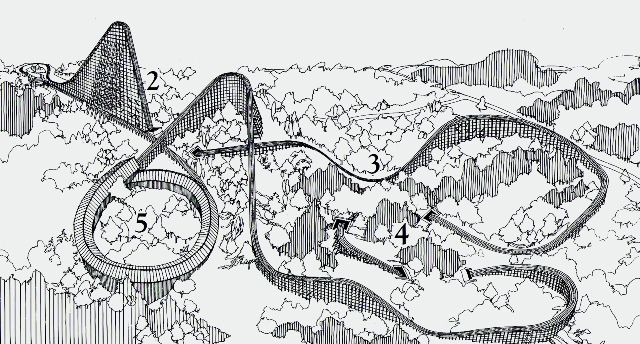
Designed and built almost entirely in-house, Kings Island Engineering and Construction chief engineer and surveyor Al Collins and his assistant Jeff Gramke scouted over 35 sprawling acres of densely-forested, rolling hills east of the park. Rather than leveling the extreme terrain, they opted to leave it, creating a terrain-hugging layout with a total elevation change of over 200 feet. The ride’s tallest drop would take the new world record crown with a 141 foot plummet, as would its top speed (64.8 mph).
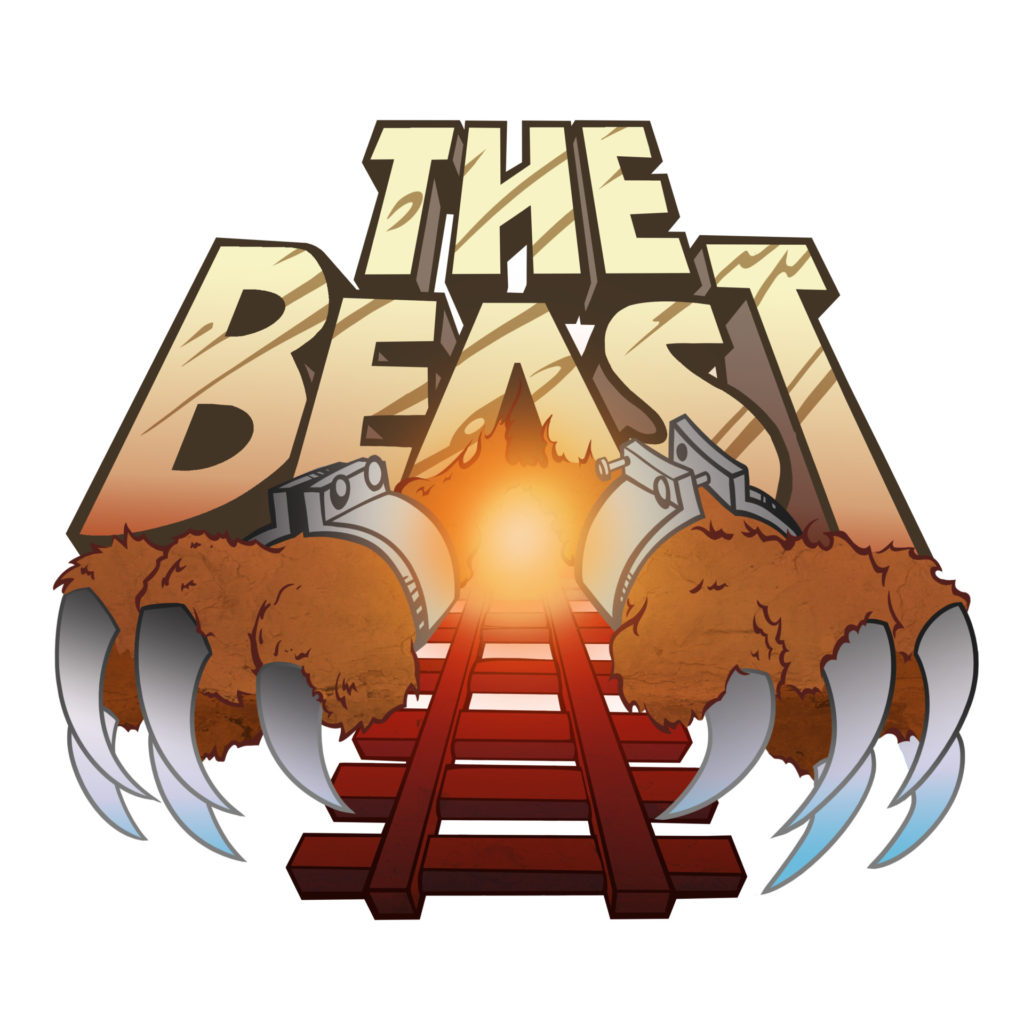
But even if this new ride would be the tallest and fastest roller coaster on Earth at its 1979 debut, that wasn’t its claim to fame. Rather, it was its length. At 7,359 feet long and with an unimaginable 4:10 ride time, this roller coaster would be (and remains to this day!) the world’s longest wooden roller coaster. And for nearly all of it, the ride would be tucked down beneath the tree line, hugging the hillsides and roaring through tunnels and caverns built into the forest, hidden entirely from view.
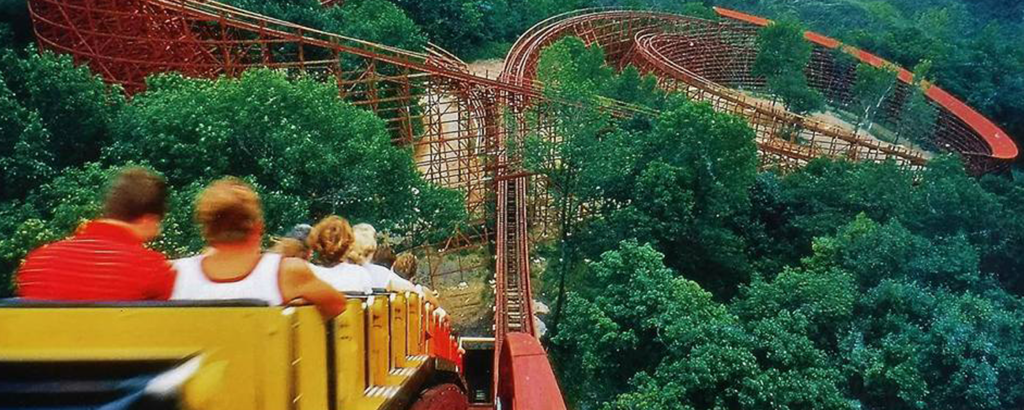
On February 6, 1979 – precariously close to its opening that summer – the mysterious, wild, sprawling, and record-breaking coaster finally gained a name: The Beast. This wooden monster is literally one of the most well-known roller coasters on Earth… and no one’s ever seen its true form. In fact, mythos and legends of The Beast are all the more appropriate given the ride’s hidden layout and its generational appeal.
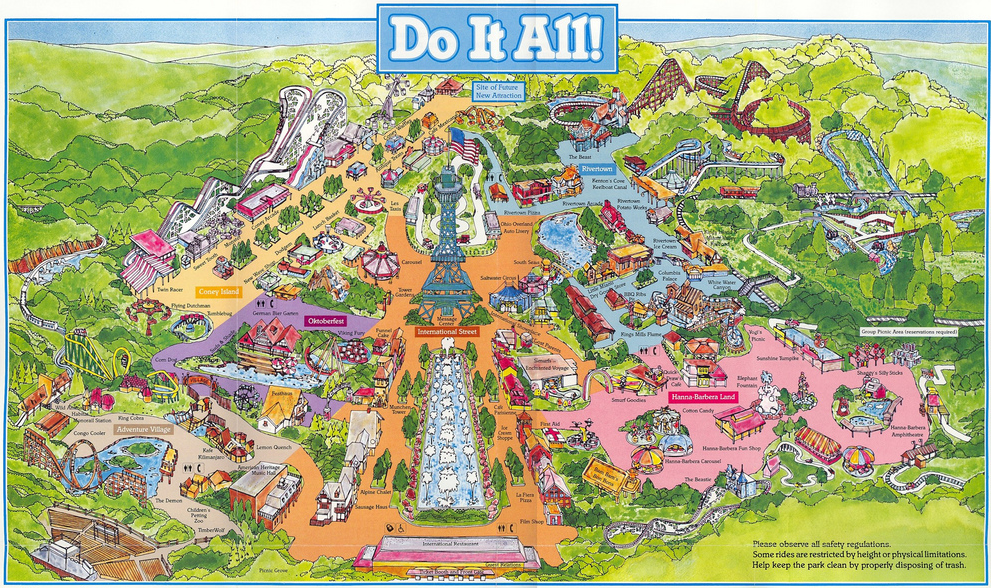
Come April 14, 1979, The Beast was unleashed. And the rest, as they say, is history. Or at least, it would’ve been… But as time passed, the amusement park market got more and more crowded, and things were about to change…
Changing hands
In 1989, Disney opened the Disney-MGM Studios Theme Park in Orlando. A year later, Universal Studios opened its own movie-making park just up the street. What followed was a period of rapid expansion in the theme park industry. Disney and Universal’s “studio” parks had redefined the industry by introducing a new generation of parks that didn’t require the brains of Epcot or the beauty of Magic Kingdom. More than ever, the early ’90s saw theme park reimagined as mere marketing opportunities for Hollywood studios.
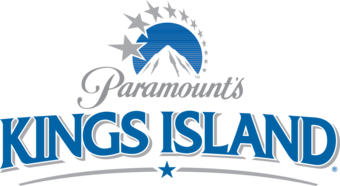
By 1992, the Kings Entertainment Company owned five parks: Kings Island, Kings Dominion, Canada’s Wonderland, Carowinds, and Great America. In a landmark deal, all five were sold to Paramount Communications. Each park had “Paramount’s” prefixed to its name, gaining cross-promotional license to Paramount Picture’s catalogue of films and characters.
But Paramount’s Kings Island wasn’t alone for long.
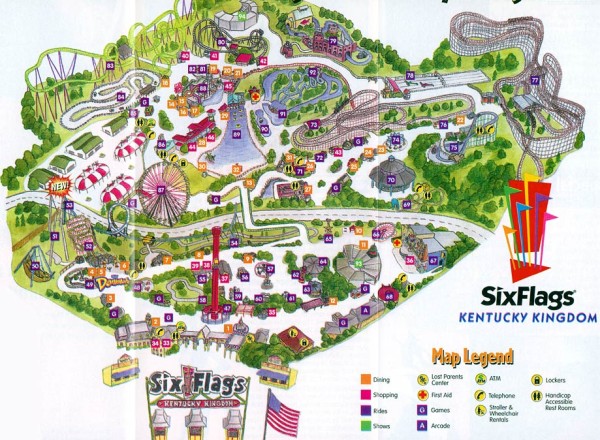
In 1997, Kentucky Kingdom – a park in nearby Louisville, Kentucky – opened a massive B&M stand-up coaster called Chang. It was the capstone of the young park’s radical first decade, and a gift for its 10th anniversary. Kentucky Kingdom was on the rise. So much so that the park was an attractive option in the growing market.
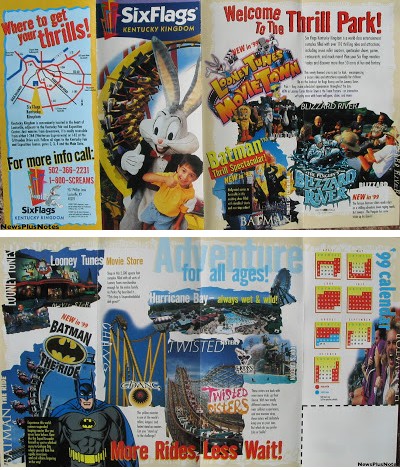
That year, Kentucky Kingdom was purchased by Premier Parks, who turned around and bought Six Flags in the early spring of 1998. Premier Parks swiftly assumed the Six Flags name for itself and its properties. In time for its 1998 season, Kentucky Kingdom became Six Flags Kentucky Kingdom, opening access for its own infusion of intellectual property by way of Time Warner (licensing DC Comics and the Looney Tunes).
In fact, as the story goes, Six Flags was eager to capitalize on the Louisville property and got to work on plans to supercharge their new Kentucky Kingdom with both a B&M floorless coaster and an Intamin Impulse coaster, joining a renamed Chang in a new DC-hero-themed Gotham City to debut in the new millennium.
Given that Paramount’s Kings Island and Six Flags Kentucky Kingdom were two growing and newly-IP-infused parks competing over lucrative markets (Louisville and Cincinnati), Six Flags’ plans for a Gotham City were a declaration of war… and Kings Island was ready to launch a preemptive strike to stop their competitor’s advance…


